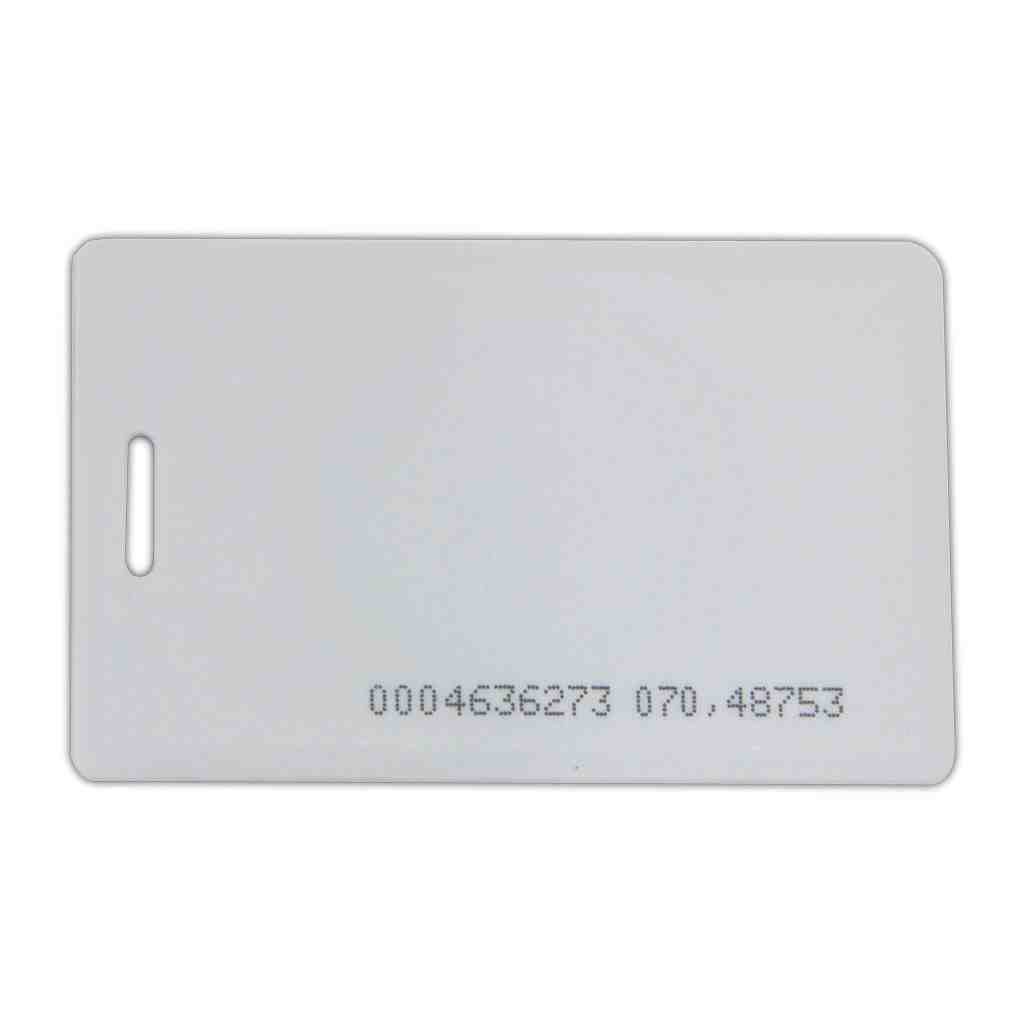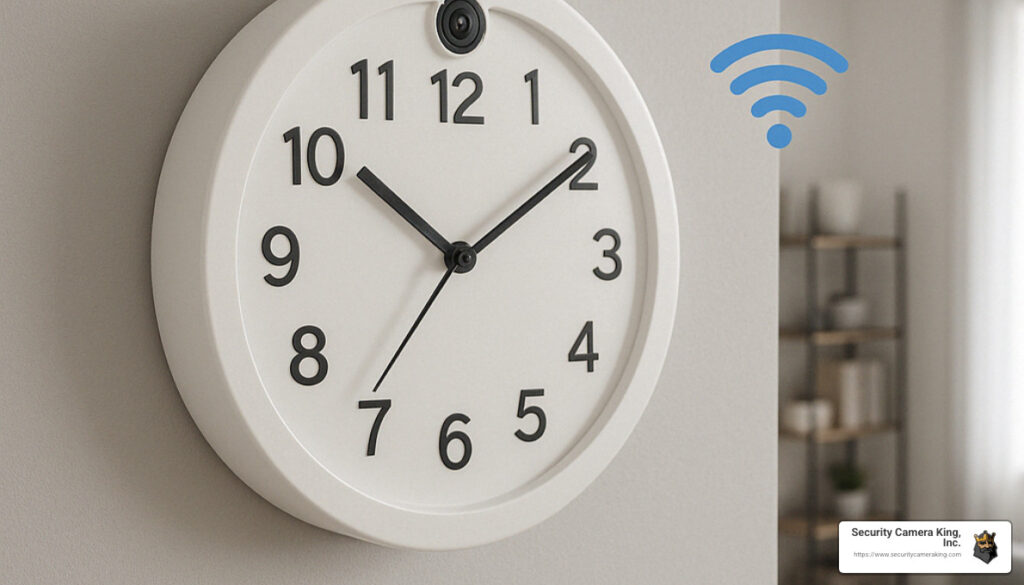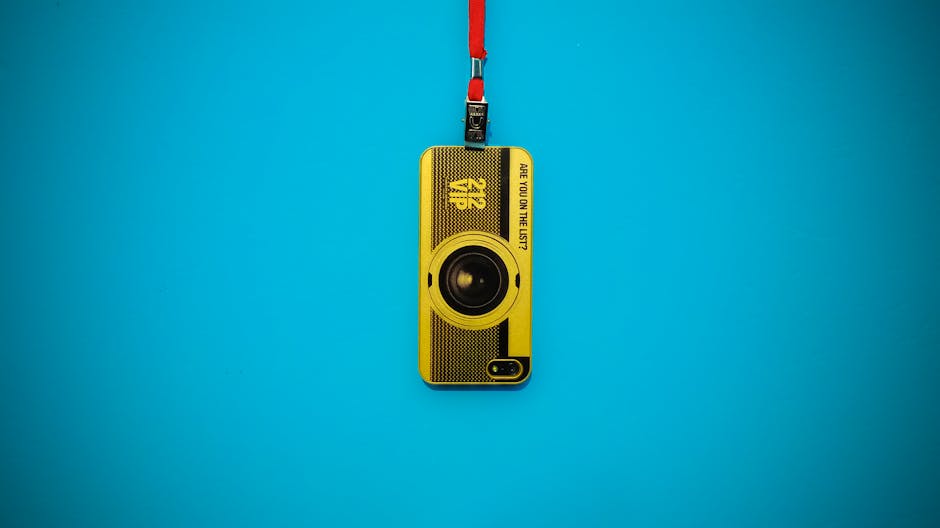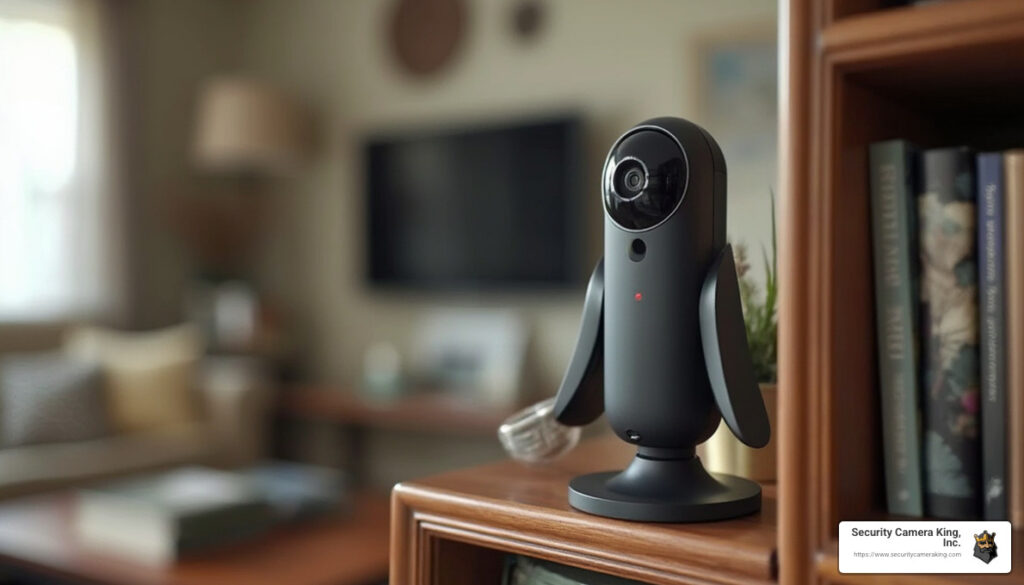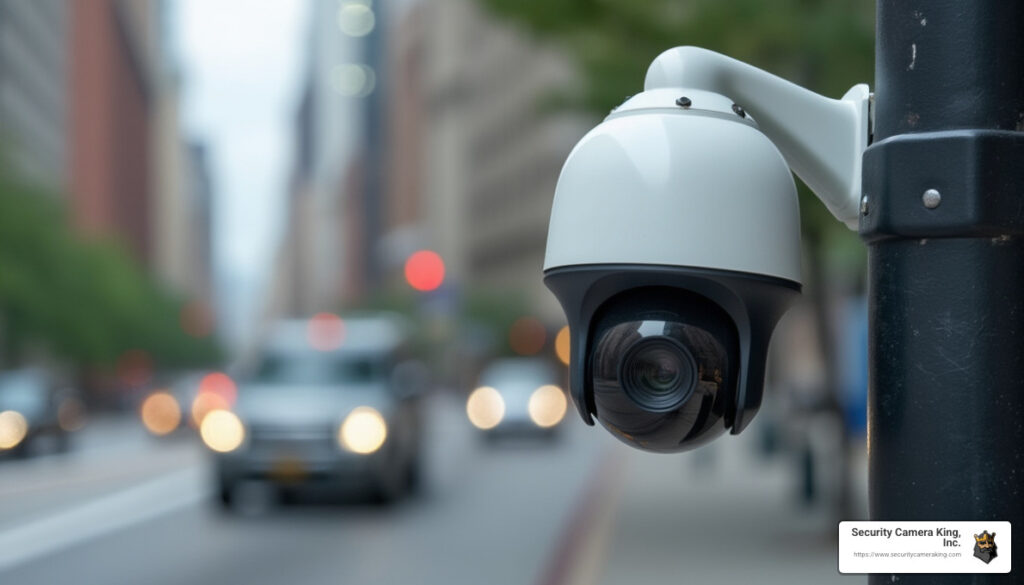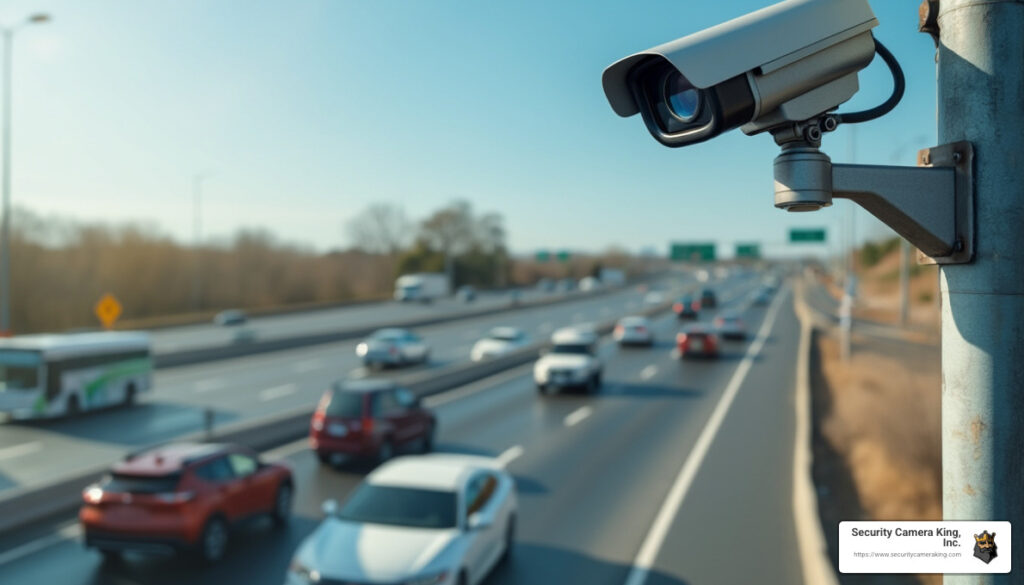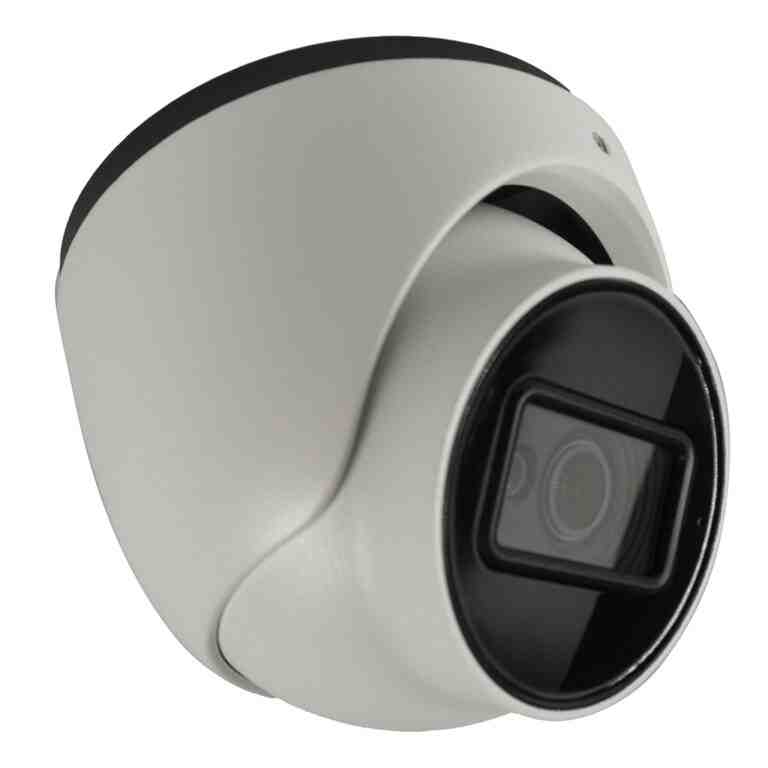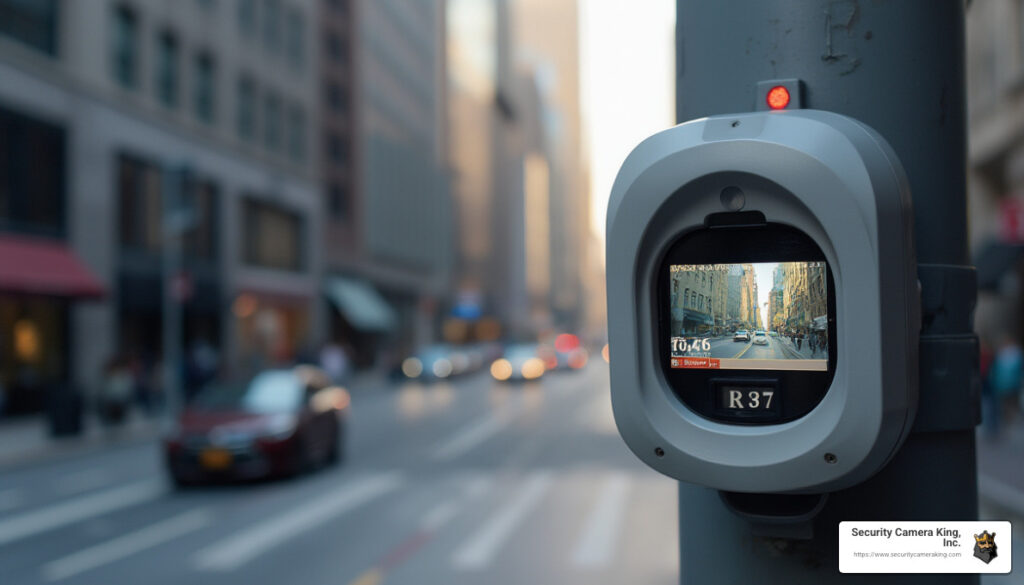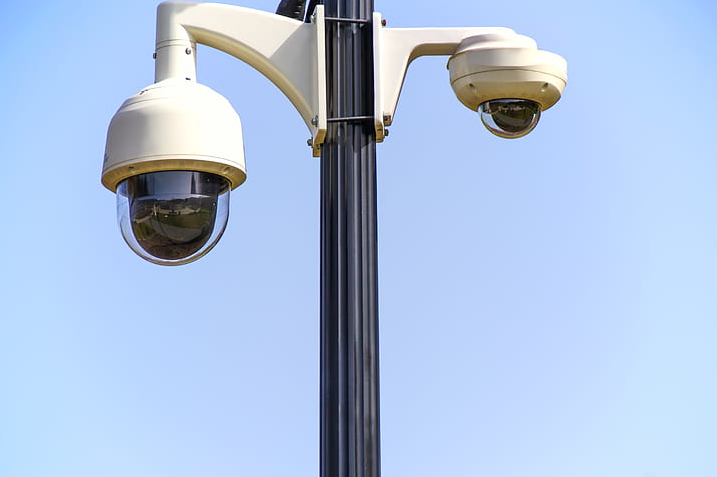Card access control systems: Top 3 Powerful Solutions 2025
Card access control systems have revolutionized the way businesses secure their environment, safeguarding both assets and personnel. For those short on time, here’s a quick overview:
- Improves Security: Controls who enters your premises.
- Ease of Use: Users only need a card or fob for access.
- Flexible Administration: Easily update access rights.
- Integrated Systems: Work with other security measures.
Card access control systems offer a sophisticated approach to managing who enters a property, integrating seamlessly with other security technologies to improve safety and ease of use.
As a seasoned veteran in the security sector, I’m Brad Besner SCK, the founder of Security Camera King, Inc. With years of experience, our expertise in Card access control systems, among other security products, ensures businesses get reliable and effective solutions for their security needs.

Understanding Card Access Control Systems
Components of Card Access Systems
Card access control systems are composed of several key components that work together to secure premises effectively. At the heart of these systems are the key cards and key fobs, which serve as the primary credentials for users. These small, portable devices are convenient for employees, allowing them to access secured areas with a simple swipe or tap.
Card readers play a critical role in this setup. They are the devices that read the credentials stored on the key cards or fobs. When a card is presented, the reader communicates with the management software to verify if the credentials are valid. This software is the brain behind the operation, storing and managing access permissions for all users.
Door locks are the final piece of the puzzle. These electronic locks remain secure until the card reader grants access. Advanced options, including wireless locks, add flexibility to the system, enhancing security and convenience.
How Card Access Systems Work
The functionality of card access systems hinges on technologies like RFID and magnetic stripe. RFID technology uses radio waves to transmit information from the key card to the reader without physical contact, making it a user-friendly option. This is especially beneficial in high-traffic areas, as it speeds up the entry process.
On the other hand, magnetic stripe cards require the user to swipe the card through a reader. While cost-effective, they are prone to wear and tear and might not be as durable as RFID cards.
The authentication process is a critical step. When a card is presented, the reader sends the credential information to the management software. If the credentials match those stored in the system, access is granted, and the door lock is released. This process ensures that only authorized individuals can enter secured areas.
Incorporating these components and technologies, card access systems provide a robust solution for modern security needs. They offer not only improved security but also ease of management and integration with other electronic security measures.
Types of Card Access Control Systems
Magnetic Stripe Systems
Magnetic stripe systems are one of the traditional forms of card access control. These systems use swipe cards, which have a magnetic strip that stores user credentials. To gain entry, users swipe their card through a reader, which then verifies the credentials against a database.
While magnetic stripe systems are cost-effective, they have some drawbacks. The swipe action can lead to wear and tear, making the cards less durable over time. Additionally, the need for physical contact can slow down entry at busy entry points.
Proximity Card Systems
Proximity card systems leverage RFID technology to offer a more seamless access experience. These cards, often the size of a credit card, communicate with the reader using wireless communication. Users simply need to wave their card near the reader, eliminating the need for physical contact.
This system is particularly advantageous in high-traffic areas, as it allows for quick and efficient access. The convenience and durability of proximity cards make them a popular choice for many businesses.
Badge Entry Systems
Badge entry systems combine access control with identification. These systems use ID badges that not only allow access but also serve as identification for employees. Each badge can be programmed with different access levels, allowing for customized access permissions based on an individual’s role.
This integration of access control and identification streamlines operations and improves security. Employees can carry a single card that serves multiple purposes, reducing the need for additional credentials.
In conclusion, card access control systems offer a range of options to meet different security needs. Whether through magnetic stripe, RFID, or badge systems, businesses can choose the solution that best fits their requirements and budget.
Benefits of Card Access Control Systems
Integration with Other Security Systems
Card access control systems are not just about open uping doors. They can seamlessly integrate with other security measures like CCTV, alarm systems, and video surveillance. This integration provides a comprehensive security solution, allowing businesses to monitor and control access from a single platform.
Imagine a scenario where a card swipe triggers a camera to record the entry. This kind of integration can greatly improve security by providing visual verification of who is entering and when. It also allows for real-time monitoring and quick responses to any security breaches.
Moreover, integrating card access systems with existing security infrastructure can improve scalability. As businesses grow, they can easily expand their security measures without overhauling the entire system.
Cost Considerations
When considering the cost of card access control systems, it’s important to look beyond just the initial purchase price. Installation costs can vary based on the complexity of the system and the size of the facility. Professional installation is often recommended to ensure reliability and durability.

Once installed, maintenance is crucial to keep the system running smoothly. Regular updates and checks can prevent potential issues and ensure the system remains secure. Maintenance costs will depend on the system’s features and any necessary software upgrades.
Despite these costs, the long-term benefits often outweigh the initial investment. With features like automatic deactivation of lost cards and easy reprogramming for new users, businesses can save on the costs of changing locks or reissuing physical keys.
In addition, many modern systems offer cloud-based management, which can reduce the need for on-site IT infrastructure. This can lead to further savings in terms of both cost and time.
In summary, while the upfront costs of card access systems can be significant, the improved security, convenience, and potential for integration with other systems make them a worthwhile investment for many businesses.
Frequently Asked Questions about Card Access Control Systems
What is a card access control system?
A card access control system is a security solution that uses key cards or fobs to manage and restrict entry to buildings or specific areas within them. These systems replace traditional locks and keys, offering a more secure and flexible way to control access. With card access systems, businesses can easily manage who enters and exits, track movements, and improve overall security.
How much does a key card access system cost?
The cost of a key card access system can vary widely depending on several factors:
- System complexity: More advanced systems with multiple features will generally cost more.
- Installation: Professional installation can increase costs but ensures system reliability.
- Ongoing maintenance: Regular updates and maintenance are essential for optimal performance.
Typically, businesses should consider both the initial purchase price and the long-term expenses associated with maintaining and upgrading the system. While upfront costs may seem high, the benefits in security and convenience often justify the investment.
What are the different types of access control card readers?
Access control card readers come in various types, each with its own features and benefits:
-
Magnetic Stripe Readers: These require users to swipe their cards through a reader. They are often more affordable but can wear out over time due to frequent physical contact.
-
RFID Proximity Readers: These readers use radio waves to communicate with the card, allowing users to simply hold the card near the reader. This type is more user-friendly as it does not require direct contact.
-
Smart Card Readers: These can store more data and offer improved security features. Smart cards can also be used for multiple applications beyond access control.
Each type of reader has its own advantages, and the choice will depend on specific security needs, budget, and user preferences.
Conclusion
At Security Camera King, Inc., we believe that card access control systems are essential for modern security. They offer a secure, flexible, and convenient way to manage entry points in any facility. Our systems are designed to be reliable and easy to use, ensuring that businesses can protect their premises without hassle.
Our commitment to quality sets us apart. We manufacture and distribute top-notch security cameras and access control products, providing best value to our customers. Our products are not only reliable but also backed by industry-leading technical support. This means that whether you’re installing, maintaining, or upgrading your system, you’ll always have expert help at your fingertips.
Customer service is at the heart of what we do. We understand that every business has unique security needs, and our team is dedicated to helping you find the right solution. From initial consultation to ongoing support, we’re with you every step of the way.
For businesses looking to improve their security infrastructure, explore our range of access control systems. With Security Camera King, Inc., you can trust that your security is in good hands.

